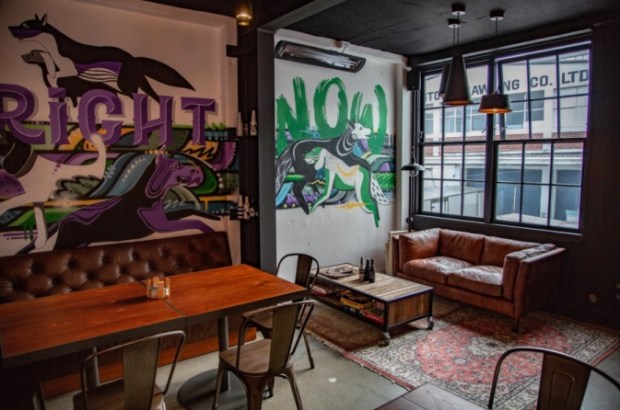Despite facing significant challenges, the industry achieved sales of $15.7 billion, demonstrating a 5.8 per cent annual growth, reports the Restaurant Association of New Zealand.
However, the period ending March 2024 has been marked by mixed results for many operators. Rising operating costs have resulted in growth that lags behind cost increases.
The year under review began with promise for some businesses and regions, but was later marred by a perfect storm of challenges. The aftermath of extreme weather events in early 2023 severely impacted regions such as Northland and Hawke’s Bay, halting tourism, disrupting food supply chains, and causing price increases.
As a result, sales growth from Q2 to Q3 of 2023 was a subdued 2.3 per cent, compared to 7.8 per cent in the same period of 2022.
Cooking Up A Storm
To offset some of the weather disruption impacts, the “Cooking up a Storm” campaign was launched by the Restaurant Association in early 2023 to help people and businesses impacted by Cyclone Gabrielle, successfully raising over $350,000.
Mid-2023 saw operators beginning to feel the impact of cost of living pressures on customer spending, which has continued through 2024.
The combination of extreme weather events, rising food costs, declining customer traffic and spending, increasing wage costs, cost of living pressures, and election year uncertainties significantly affected overall industry productivity and profitability. However, a notable positive aspect was the return of international tourists, who contributed strongly to trade over the Summer 2024 season.
To navigate these challenges, operators focused on lean operations and attracting customers. Food pricing fluctuations led many owners to closely manage food cost changes and adjust menu pricing to mitigate some of these rises.Your Attractive Headingour Attractive Heading
Regional Performance
Regionally, Northland, Taranaki, and Wellington recorded annual sales declines due to specific local challenges. In contrast, Gisborne showed the highest percentage growth at 20.6 per cent, with Southern Lakes, West Coast South Island, and Kaikōura also experiencing strong sales improvements, partly driven by the return of international tourism.
Recovery and Growth
A significant highlight is the recovery of the catering sector, which saw a remarkable 19.4 per cent growth over the last year after being decimated by COVID-19. Additionally, the industry saw a 7.3 per cent growth in employee numbers, reflecting a positive trend amidst the challenges and marking an easing of extreme staffing shortages for some roles. Notably, Queenstown and the West Coast recorded substantial gains in employee numbers, indicating regional growth and recovery.
The number of hospitality operations nationwide rose to 19,518, reflecting minimal outlet growth of 0.1 per cent from 2022 to 2023.
However, despite the hurdles faced, the industry has shown resilience and adaptability, with positive signs of recovery and growth in various sectors and regions.
Strategic Roadmap
To address these ongoing challenges, the Restaurant Association has developed a strategic roadmap focusing on six key areas:
Increased training for New Zealanders: To meet the skills shortage within the industry.
Agile Immigration Policy: Advocating for immigration policies that are flexible and responsive to the needs of the hospitality sector.
Investment in hospitality: Promoting, engaging and supporting the sector through increased investment in training and development.
Regulation review: Conducting a comprehensive review of regulations across the hospitality sector to ensure they are conducive to business growth and sustainability.
Campaigns to address perception challenges: Implementing targeted campaigns to improve the public’s perception of the hospitality industry.
Digital transformation and future technology: Embracing future technology to streamline operations and enhance customer experiences and investing in digital tools and innovations to drive the industry forward.
Restaurant Association CEO Marisa Bidois, pictured above, commented on the report: “The past year has been one of the most challenging periods for our industry, coming on the heels of several difficult years. The cost of living challenges and other pressures are now compounding these issues, threatening the survival of some businesses. Despite these hurdles, our members are showing extraordinary determination. Business owners are keeping their heads down and doing everything they can to survive, in the hope of brighter times ahead.”





